By Marco Iazzolino
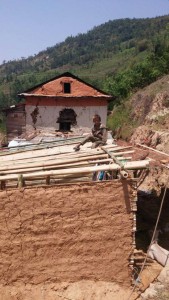 Children of poor families or of families that have been separated because of the earthquake run the risk of trafficking and exploitation during the post-earthquake scenario. This possibility was confirmed by the identification last week of sixty-four minors accompanied by foreigners in two of the districts most afflicted by the earthquake – Dolakha and Dading. After some adults of Indian and Nepalese nationality were stopped, these children are now in protected institutions. It is feared that the traffickers, who each year already direct thousands of minors towards India to be used for manual work and prostitution, may take advantage of the emergency situation. Following this event, the government of the Kathmandu created controls by the police and decided that no minor under the age of sixteen can leave his or her district unless he or she is accompanied by a parent or an adult approved by the local social services. In addition, a block on foreign adoptions has been decreed for the next three months.
Children of poor families or of families that have been separated because of the earthquake run the risk of trafficking and exploitation during the post-earthquake scenario. This possibility was confirmed by the identification last week of sixty-four minors accompanied by foreigners in two of the districts most afflicted by the earthquake – Dolakha and Dading. After some adults of Indian and Nepalese nationality were stopped, these children are now in protected institutions. It is feared that the traffickers, who each year already direct thousands of minors towards India to be used for manual work and prostitution, may take advantage of the emergency situation. Following this event, the government of the Kathmandu created controls by the police and decided that no minor under the age of sixteen can leave his or her district unless he or she is accompanied by a parent or an adult approved by the local social services. In addition, a block on foreign adoptions has been decreed for the next three months.
More than 8,000 victims, over 100,00 wounded, 500,000 houses destroyed, as well as 250,000 houses damaged, 400 health-care centres razed to the ground and 683 seriously damaged. These numbers tell only a part of the tragedy that has involved eight million people in Nepal: a devastating earthquake on 25 April followed by another one on 12 May. This is a nightmare that never seems to end. The upheavals of the earthquake continue. And the monsoon season is drawing near rapidly.
During the last three nights the tents have been washed away by torrential rain and blown away by a very strong wind. People live in the streets or in emergency dwellings even though their houses may still be standing. Yesterday, as well, we were woken up by a tremor and what followed was what has by now become a rite. Everyone went out very rapidly, looked at each other in the eyes in order to calm each other, and then went back 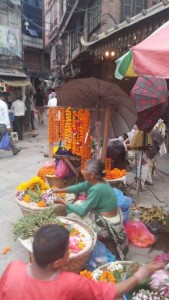 drowsily into their tents. The government tries to act within a scenario that is very complex from a geographical point of view. To reach the villages in some districts more than three days of journeying is required. Helicopters cannot always land and people run the risk of dying of hunger if aid does not reach them before the monsoon season. The world of non-governmental organisations is engaged in initiatives on a large scale.
drowsily into their tents. The government tries to act within a scenario that is very complex from a geographical point of view. To reach the villages in some districts more than three days of journeying is required. Helicopters cannot always land and people run the risk of dying of hunger if aid does not reach them before the monsoon season. The world of non-governmental organisations is engaged in initiatives on a large scale.
There are over 300 organisations and the roads are full of jeeps with the signs of international and local networks. Caritas Nepal, in particular, has become the centre of the network but also of the generous Catholic world which is present supporting the activities of the local Church to help the poorest of the poor. The Camillians, for example, have engaged in over 1,300 health-care missions in the remotest villages of the district of Gorkha, involving health-care personnel from another four religious Congregations. With a rucksack on one’s back one goes on journeys that last for hours, walking across rivers and over landslides which continue to occur with each new tremor.
The world of Catholic solidarity coordinated by Caritas Nepal is concentrating its efforts on the thirteen districts which were most afflicted by the earthquake and has already offered useful material for immediate emergency relief such as tents, blankets and hygiene kits. The director of Caritas Nepal, Father Pius Perumana, has declared that aid ‘will not come to an end as emergency initiatives but will continue over time seeking to support the resilience of the people who are victims of the disaster’. The faces of the Nepalese are marked by over thirty days of precarious living made up of tremors, tents, and looking for food and medicines.
With the dead buried, the damaged houses in the villages, as in Kathmandu, are the image of a people that has been struck by a terrible earthquake but with a wish to begin again. In the historic centre of Kathmandu the work to clean up the areas around the towers and the ancient temples has begun. But also in the villages spread out in the mountains people are working to rebuild using traditional methods with bamboo and clay.
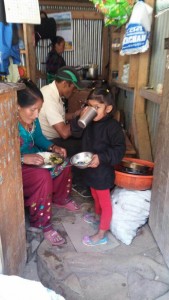 The children will go back to school next week trying to begin a season of hope and normality even though most of the schools have been destroyed or damaged. All of us ask ourselves what will happen when the roads are impassable over the next three months and above all how people will manage to survive in a scenario marked by constant disasters. The communities have seemed to resist the impact well. Mutual solidarity is a part of a society that is permeated by a religiosity that is attentive to suffering and mutual help. Barati, Khadka, Nawang, Duma and Kanti are some names of the list of people that I am holding in my hand and who ask for practical help. And also psycho-social support, in order to rebuild their lives.
The children will go back to school next week trying to begin a season of hope and normality even though most of the schools have been destroyed or damaged. All of us ask ourselves what will happen when the roads are impassable over the next three months and above all how people will manage to survive in a scenario marked by constant disasters. The communities have seemed to resist the impact well. Mutual solidarity is a part of a society that is permeated by a religiosity that is attentive to suffering and mutual help. Barati, Khadka, Nawang, Duma and Kanti are some names of the list of people that I am holding in my hand and who ask for practical help. And also psycho-social support, in order to rebuild their lives.









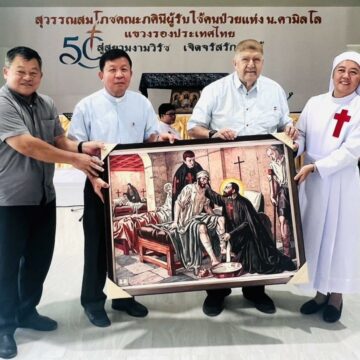
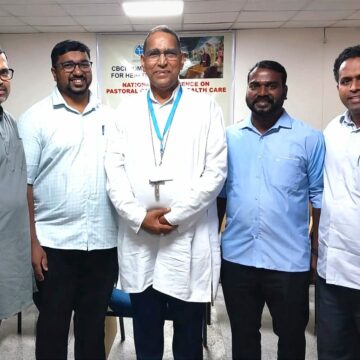


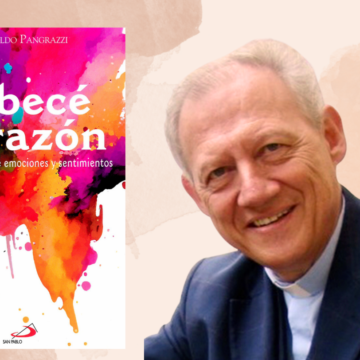
Camillians on Facebook
Camillians on Twitter
Camillians on Instagram